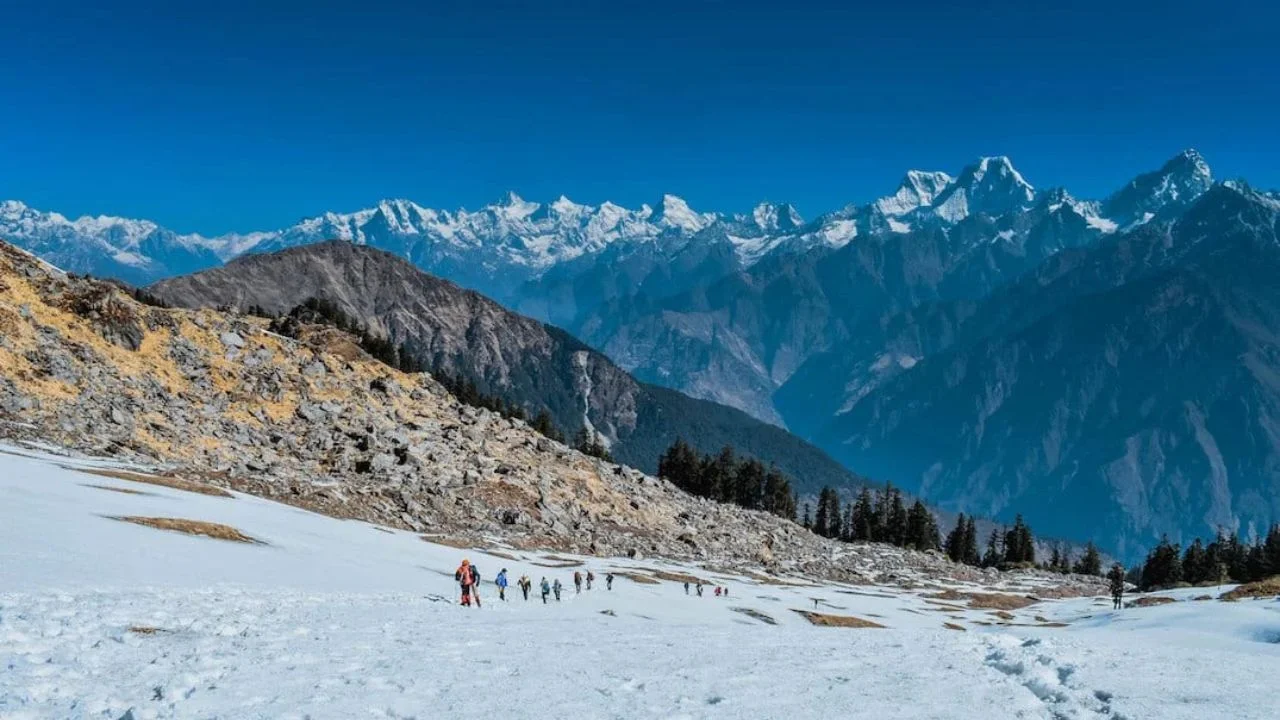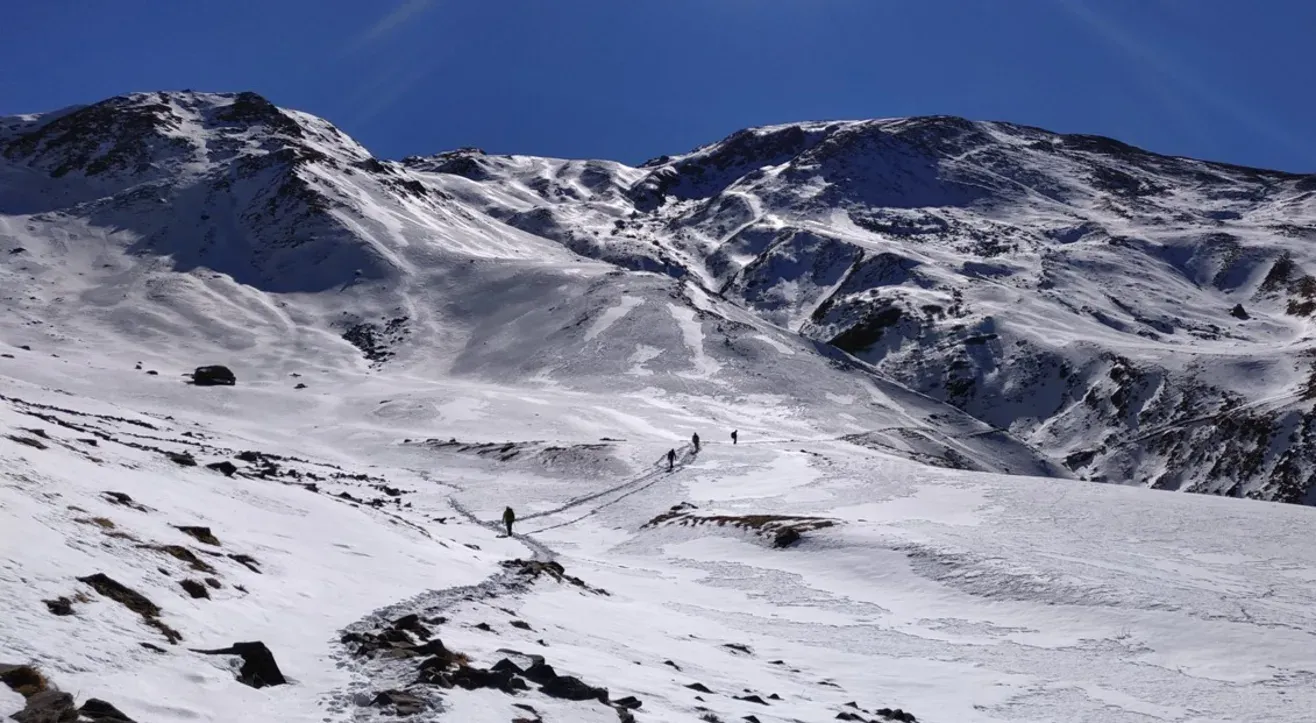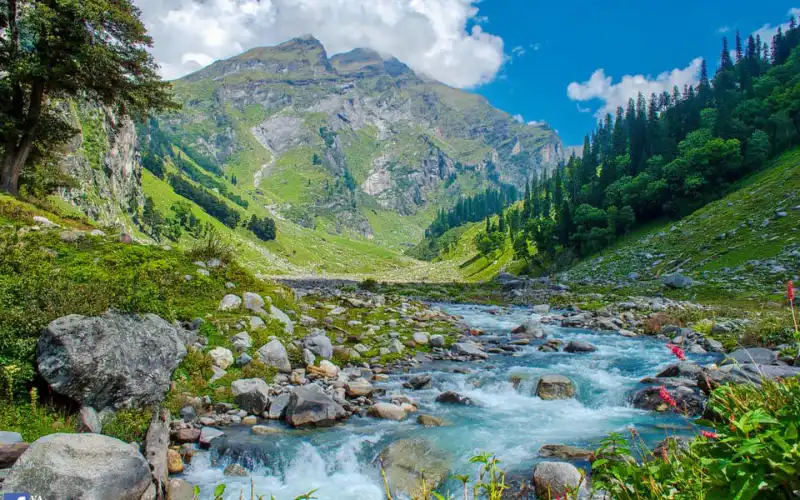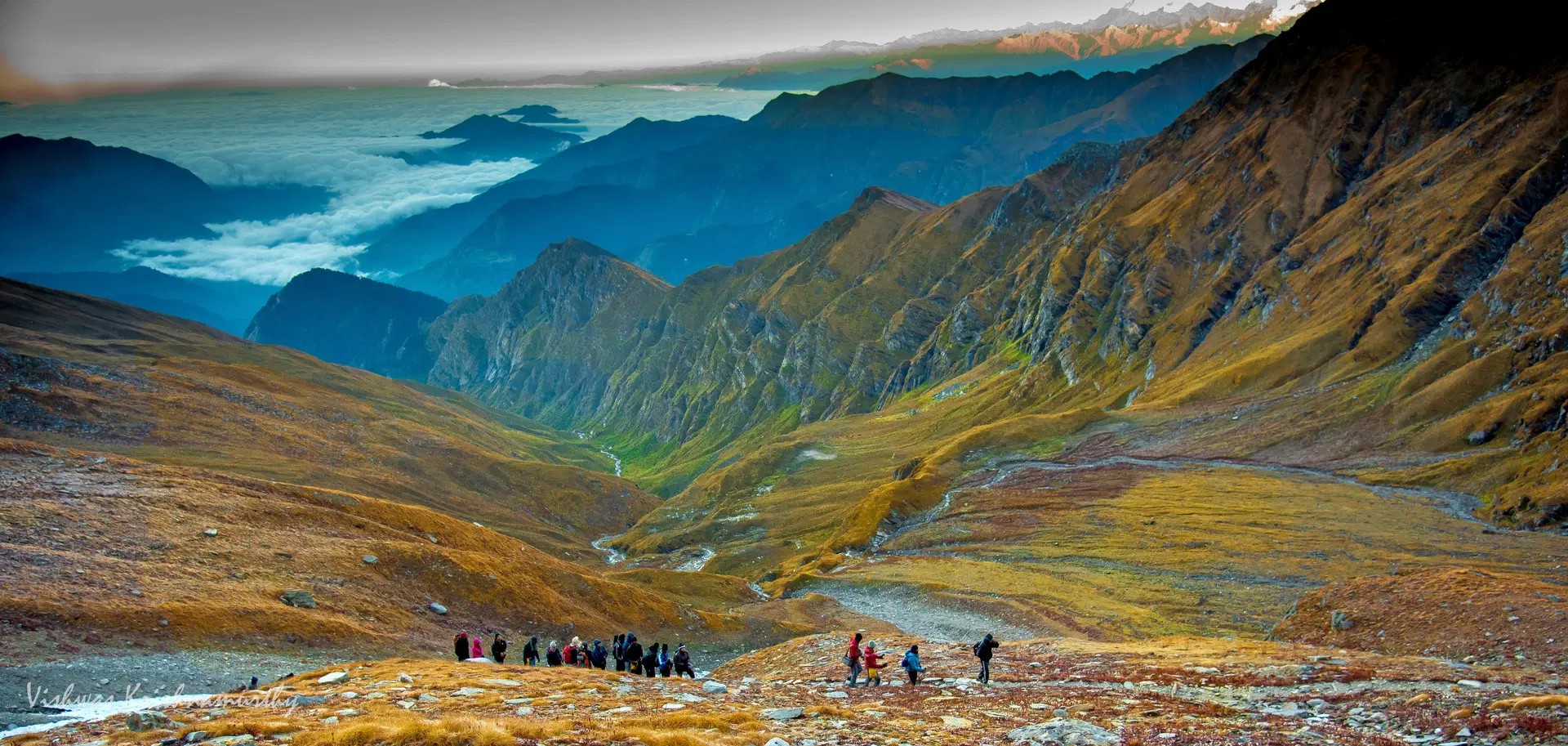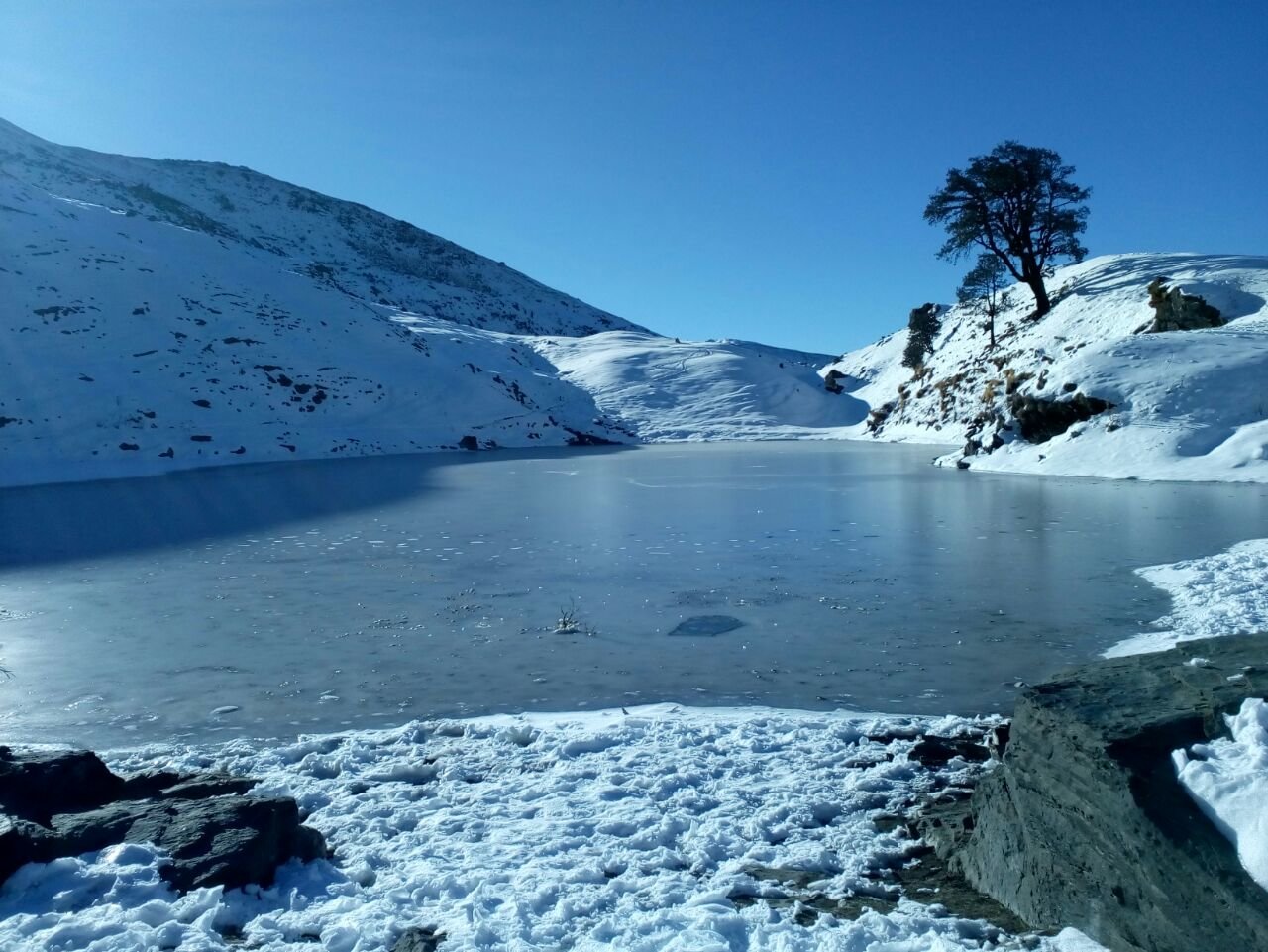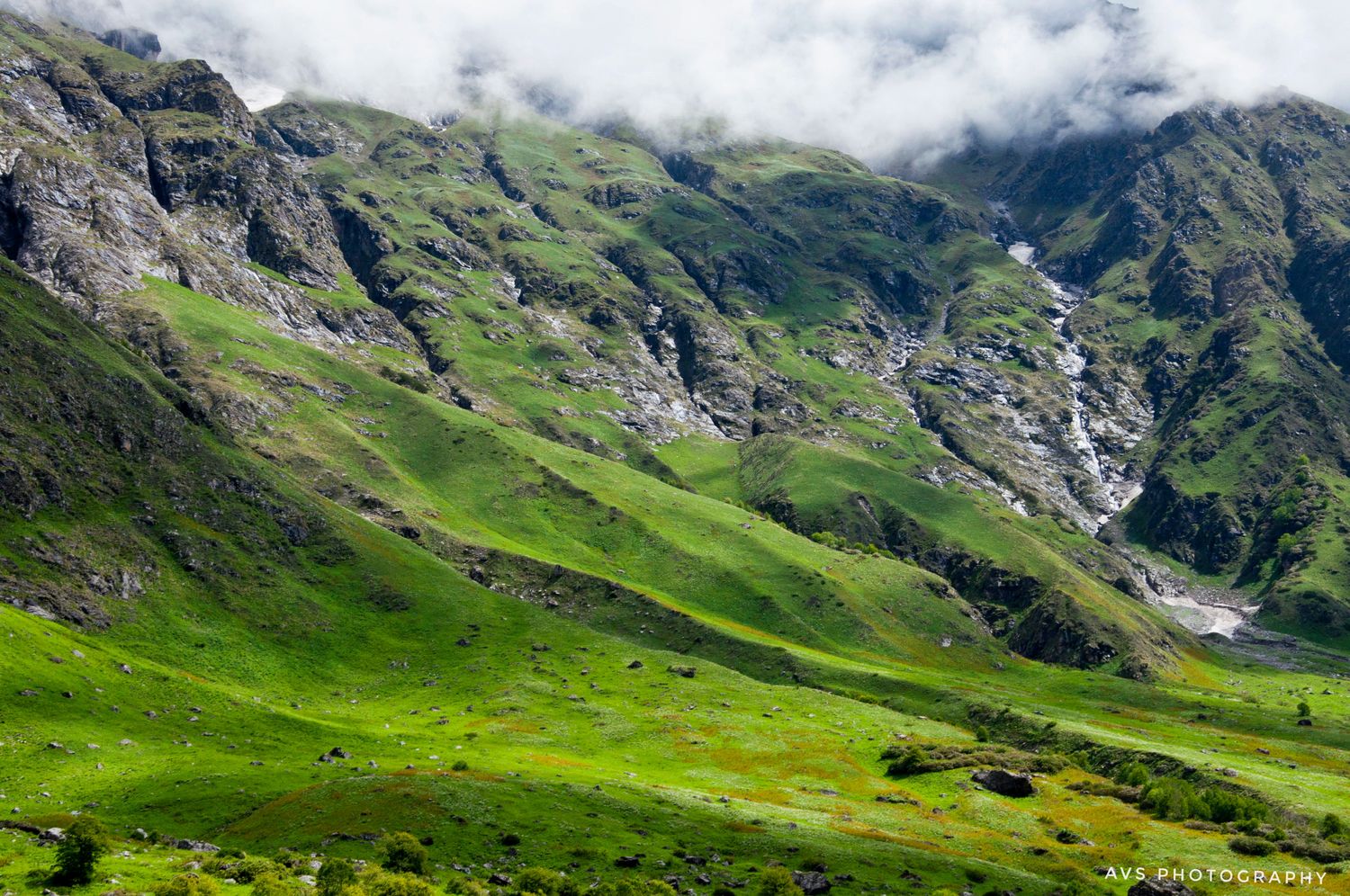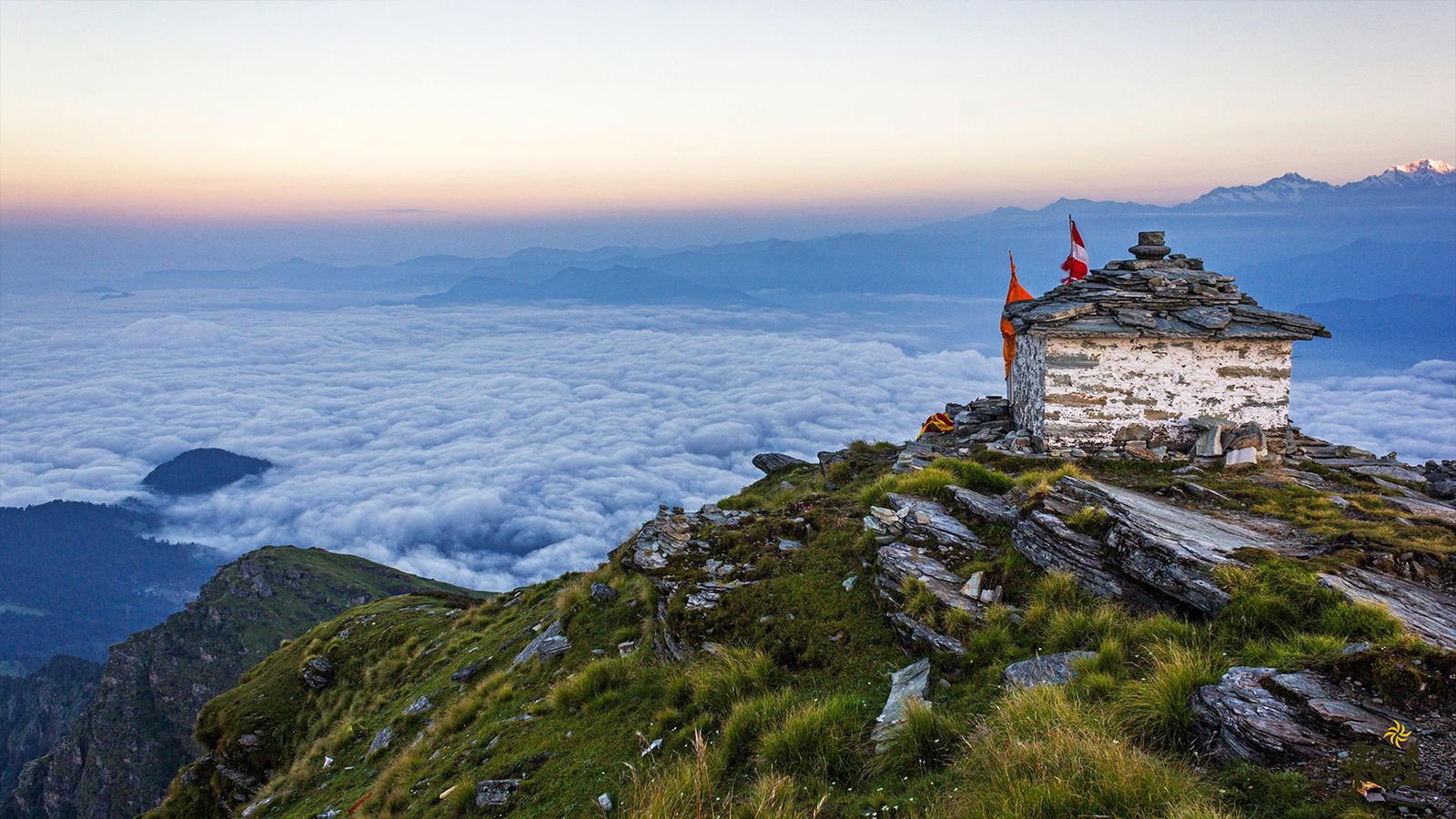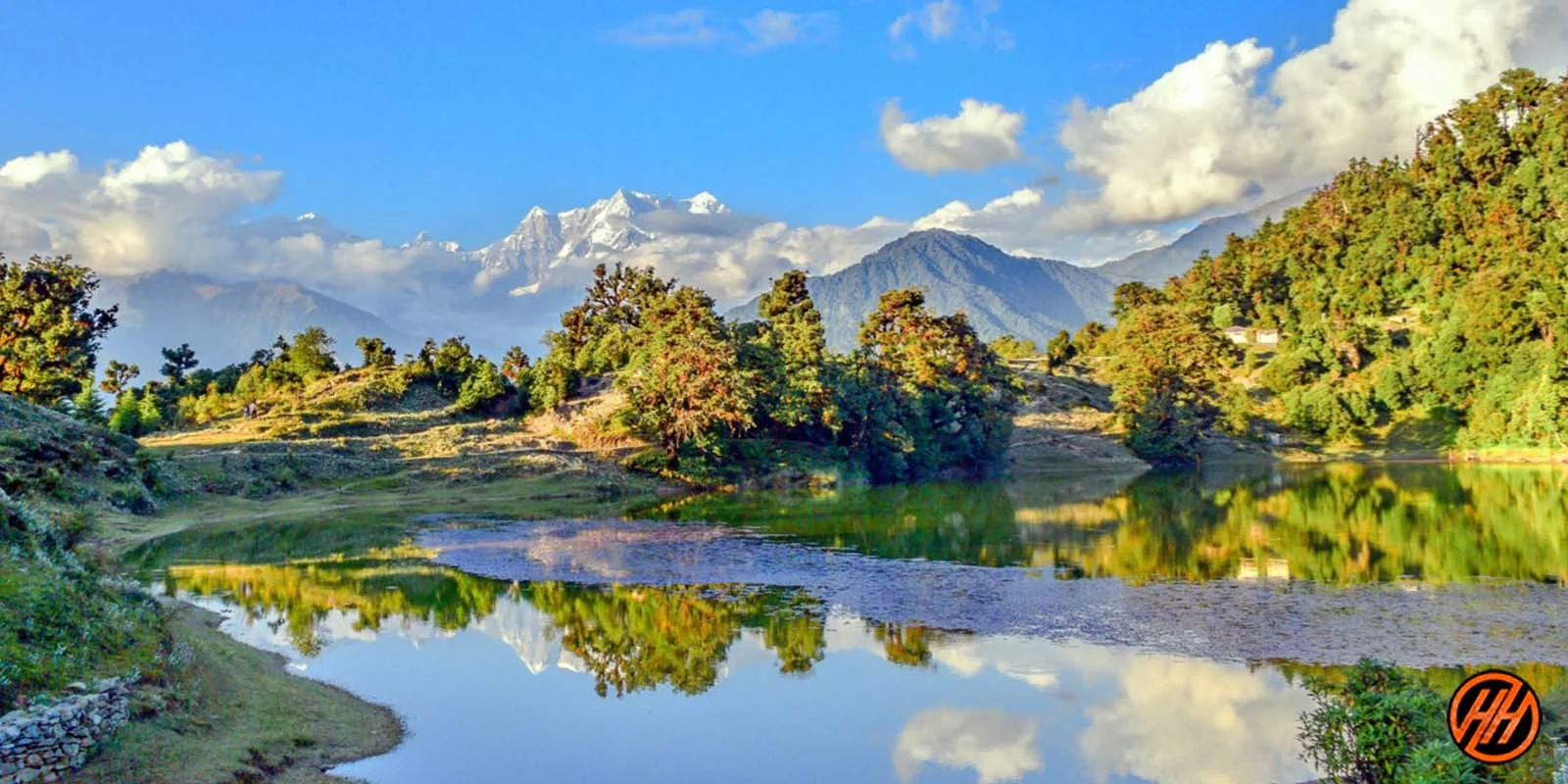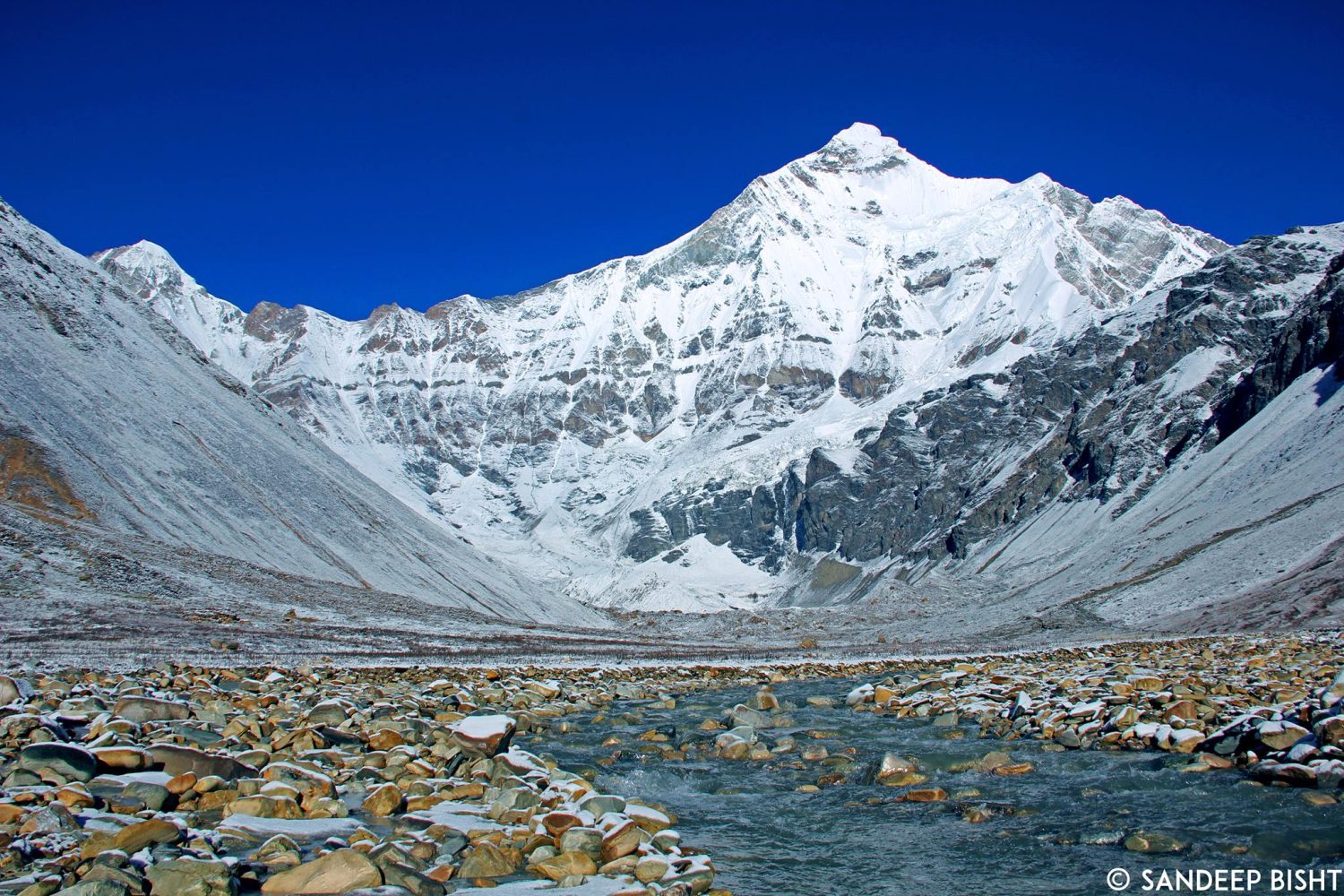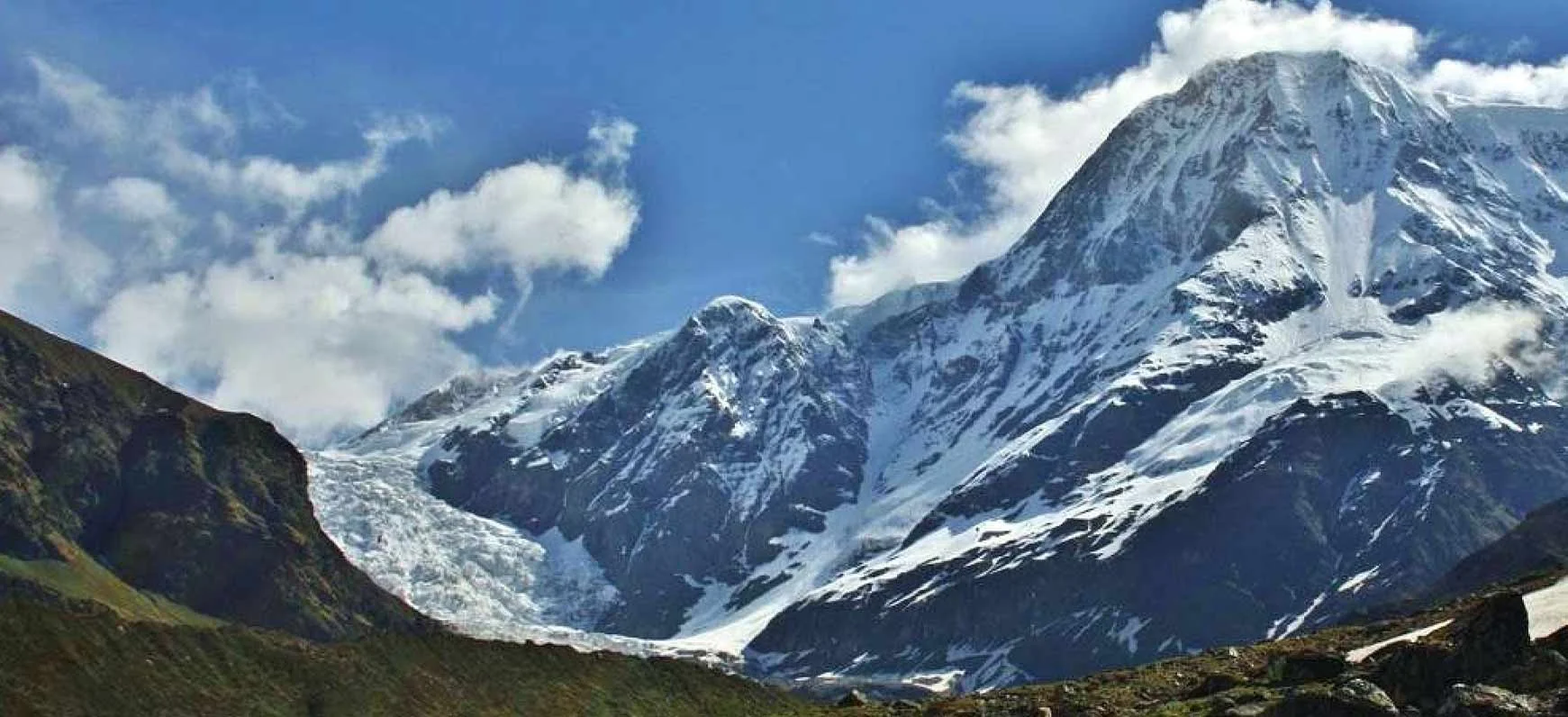Kuari Pass Trek: Walk the Path of Lord Curzon
The Kuari Pass Trek, also known as the Curzon Trail, is one of the most scenic and beginner-friendly treks in the Indian Himalayas. Located in the Garhwal region of Uttarakhand, this trail gives trekkers a grand stage to witness the mighty Himalayan peaks — including Nanda Devi, Dronagiri, Kamet, and Hathi Ghoda. From oak forests to alpine meadows and snow-filled ridges, this trek is a visual delight.
A Trek with Historic Roots
The trail was once explored by Lord Curzon during the British era, earning the name “Curzon Trail.” Over the years, it has become one of the most loved trekking routes, especially for those looking for a short but rewarding Himalayan adventure.
Panoramic Peak Views Like No Other
The highlight of Kuari Pass is its view. On a clear day, you get an unbroken panorama of some of India’s tallest peaks — including Mt. Nanda Devi (7,816 m), Kamet, Trishul, Chaukhamba, and many more lined up like a giant snow fortress.
Forest Trails and Bugyals
The trek passes through magical oak, rhododendron, and deodar forests that open up into vast alpine meadows (bugyals). In spring, the rhododendrons bloom in fiery red. In winter, the trail turns into a snow-covered fairyland.
Ideal for First-Time Himalayan Trekkers
Kuari Pass is a great introduction to high-altitude trekking. With a well-paced itinerary, steady ascent, and manageable distances, it offers stunning rewards without high difficulty — perfect for beginners and family treks.
